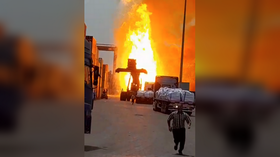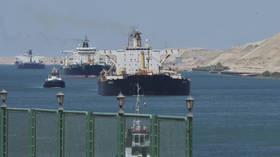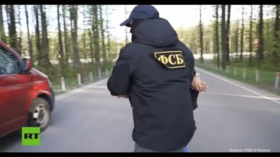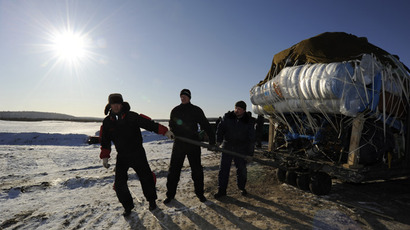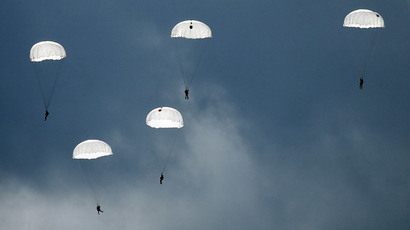Surviving in the Arctic: RT journalist joins elite task force drill near North Pole
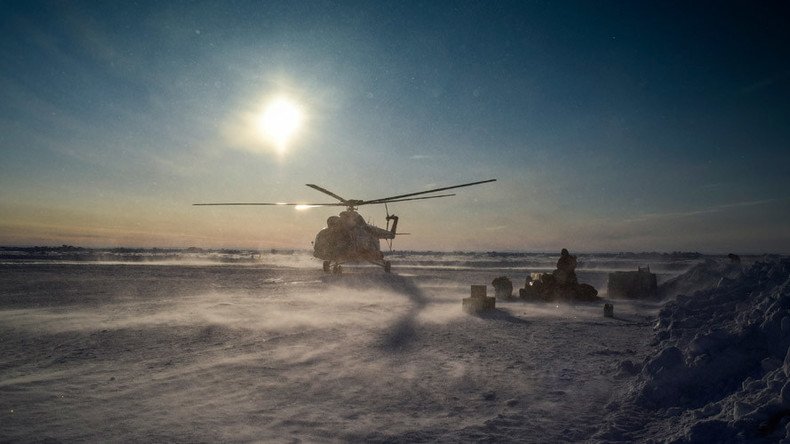
RT reporter Roman Kosarev has gone to the top of the world, landing on drifting ice above the Arctic Circle to visit Russia’s Barneo military base and do survival training with a special (Spetznaz) taskforce.
The main reason for setting up a military base on a drifting icefield just dozens of kilometers from the North Pole is to create a unique training environment where elite combat teams can undergo ultimate survival tests in the truly inhumane conditions of Russia’s extreme North.
RT’s Kosarev arrived at the Barneo base to witness a search and rescue drill being conducted by a special airborne unit that was airdropped to the base from an altitude of 1,500 meters on April 21.
“To ensure the safety of the landing, there was a team constantly measuring the power, speed, and direction of the wind, as the weather near the North Pole changes every half an hour. They did a great job and everyone landed safe and sound,” Kosarev reported.
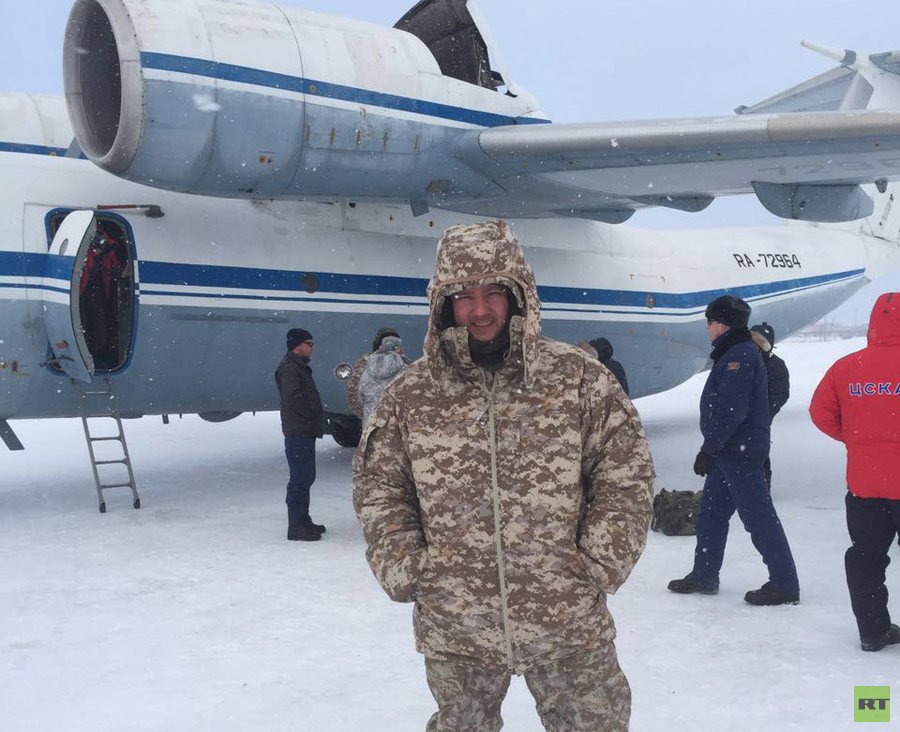
On landing, the paratroopers divided into three groups and continued their trudge through ridged ice by different means: on foot, skis, and snowshoes.
On top of it all, the concentration of oxygen in the Arctic air is slightly lower than in “normal conditions,” so servicemen get tired faster and need more time to recuperate.
How many days the mission will last has not yet been revealed. RT’s crew was supposed to get to the Barneo base in late March, but moving ice damaged the ice airstrip, and it took several weeks to repair and get the final approval for civilians to arrive.
Apart from the harsh weather conditions, another big danger in the Arctic is polar bears. The beasts can weigh up to a ton and move swiftly and noiselessly. Experienced icemen say shooting a burning flare in the direction of a bear is effective in scaring it off – but only for a short while.
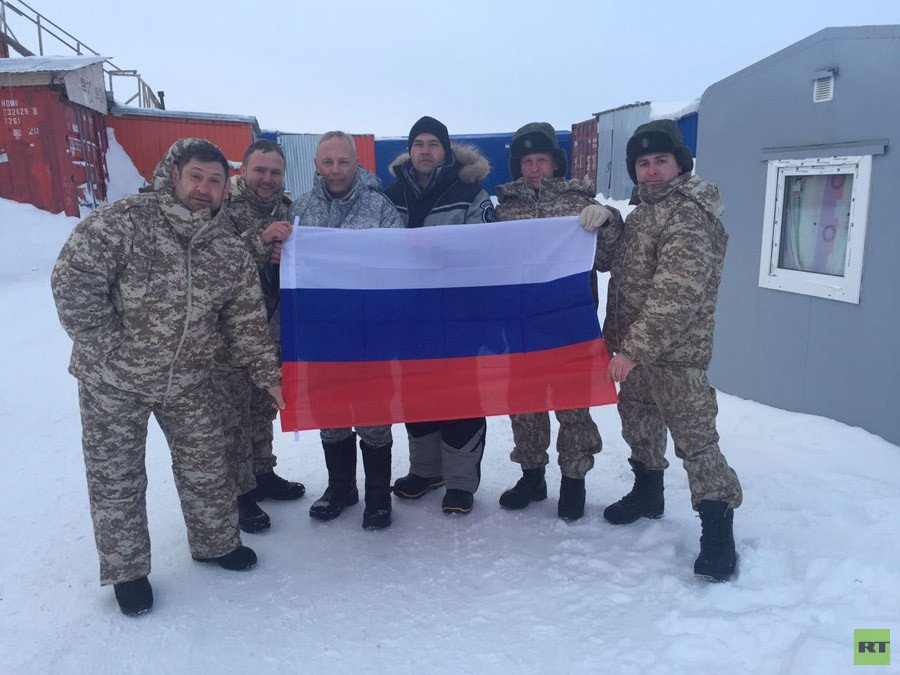
“It is strongly prohibited to leave the base unarmed. When it comes to getting out of a tent, people prefer to move around two at a time,” Kosarev reports.
The RT crew members are not the only men with cameras at the Barneo base, as the Russian Defense Ministry has allowed foreign filmmakers from Argentina and Norway to join the military to observe the unique survival training.
Roman Kosarev will be sending more reports from the mission





